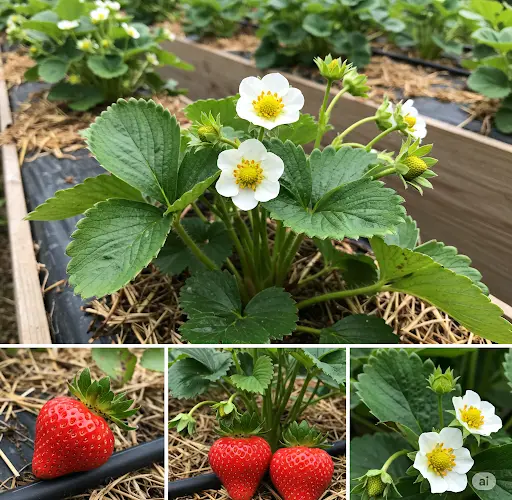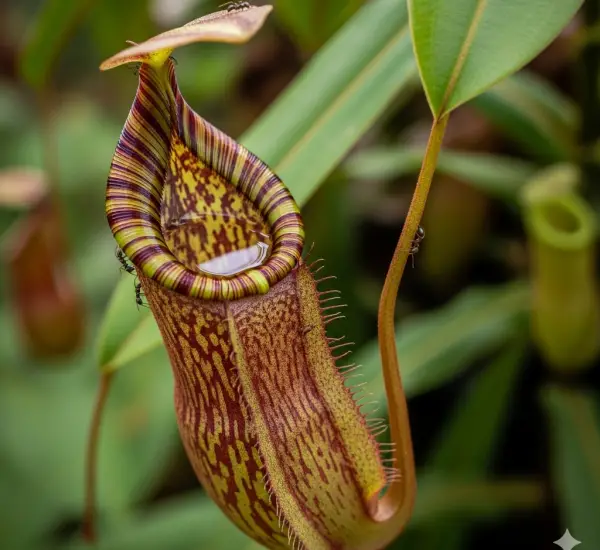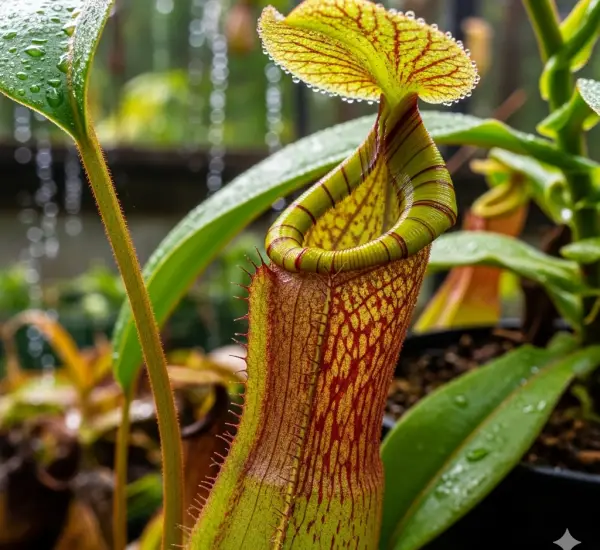Strawberries are one of the easiest and most rewarding fruits to grow in a home garden. Whether you’re working with a backyard bed, raised containers, or hanging baskets, you can expand your strawberry patch with minimal effort. Propagating strawberries is not only cost-effective but also ensures you’re growing plants already adapted to your conditions.
If you want to multiply your strawberry plants and enjoy even more sweet, juicy berries, here are the most reliable and effective methods to do it at home.
Understanding Strawberry Plant Life Cycle
Strawberries are perennial plants that produce fruit each year, but their productivity tends to decline after a few seasons. That’s why regular propagation is key to keeping your strawberry beds fresh, vigorous, and productive.
Most home gardeners grow one of three types of strawberries:
-
June-bearing: Produce one large crop in early summer.
-
Everbearing: Produce two smaller crops—one in spring and one in late summer.
-
Day-neutral: Produce fruit continuously throughout the growing season.
Regardless of type, the propagation methods remain largely the same.
The 3 Main Ways to Propagate Strawberries
1. By Runners (Most Common and Easiest Method)
Strawberry plants naturally send out horizontal stems called runners or stolons. These runners develop small plants (called daughter plants) at their tips that root into the soil and become independent.
How to propagate using runners:
-
Identify healthy mother plants. Only use runners from plants that have shown strong growth and good fruit production.
-
Pin runners to the soil. Once the runner has formed a small plantlet with tiny leaves and root nubs, press it gently into moist soil nearby or into a small pot filled with garden soil or compost.
-
Secure with a U-pin or bent wire. This holds the plantlet in place so the roots can develop.
-
Wait 3–4 weeks. Once the new plant has developed a strong root system, cut the runner stem connecting it to the mother plant.
-
Transplant if needed. Move the new plant to its permanent spot in your strawberry bed or container.
Tip: Avoid allowing too many runners to form if you’re also expecting fruit from the mother plant that season, as it drains energy from fruiting.
2. By Division (Best for Older or Crowded Plants)
If your strawberry plants are several years old and forming clumps with multiple crowns, you can propagate them by dividing the crowns.
How to divide:
-
Dig up the mature plant. Choose a plant with several healthy crowns.
-
Separate the crowns carefully. Use your hands or a sharp knife to divide them, making sure each piece has a portion of the root system and at least one crown.
-
Replant immediately. Place each division into moist, well-drained soil. Keep the crown level with the soil surface.
-
Water well. Ensure consistent moisture while the plants establish.
This method is especially useful if your strawberry patch is becoming dense and crowded, which can reduce airflow and increase disease risk.
3. From Seed (More Time-Consuming)
While not the fastest or easiest, strawberries can also be grown from seed. This method is typically used for hybrid or alpine varieties and can be a fun experiment for home gardeners.
How to propagate from seed:
-
Buy high-quality strawberry seeds. Choose a variety suited to your growing zone.
-
Cold-stratify the seeds. Place seeds in a damp paper towel in a sealed bag and refrigerate for 2–3 weeks. This mimics winter conditions and improves germination.
-
Sow indoors. Plant seeds in seed trays filled with a light potting mix. Lightly press them into the surface without burying them.
-
Provide warmth and light. Use a heat mat or place in a warm spot with at least 12–14 hours of light daily.
-
Transplant seedlings. Once the plants have at least 3–4 true leaves, transplant them into individual pots or the garden.
Seed-grown strawberries typically take longer to mature and bear fruit, but it’s a good way to try new varieties or produce plants free of viruses.
Best Time to Propagate
-
Runners: Late summer or early fall is ideal, as the new plants can establish before winter.
-
Division: Early spring or right after harvest in late summer.
-
Seeds: Late winter or early spring, allowing time to mature before planting outside.
Aftercare for New Plants
Regardless of the propagation method, keep the following in mind for the best results:
-
Water regularly. Keep the soil consistently moist but not waterlogged.
-
Mulch around plants. Use straw or compost to retain moisture and suppress weeds.
-
Fertilize lightly. A balanced, slow-release fertilizer helps young plants get established.
-
Watch for pests. Keep an eye out for aphids, slugs, and fungal issues.
Conclusion
Propagating strawberries at home is simple, satisfying, and saves money. Whether you prefer the fast and easy runner method, the strategic division of older plants, or experimenting with seeds, you’ll soon have more strawberry plants than you know what to do with. With just a little effort and patience, you can enjoy bigger and better strawberry harvests year after year.




